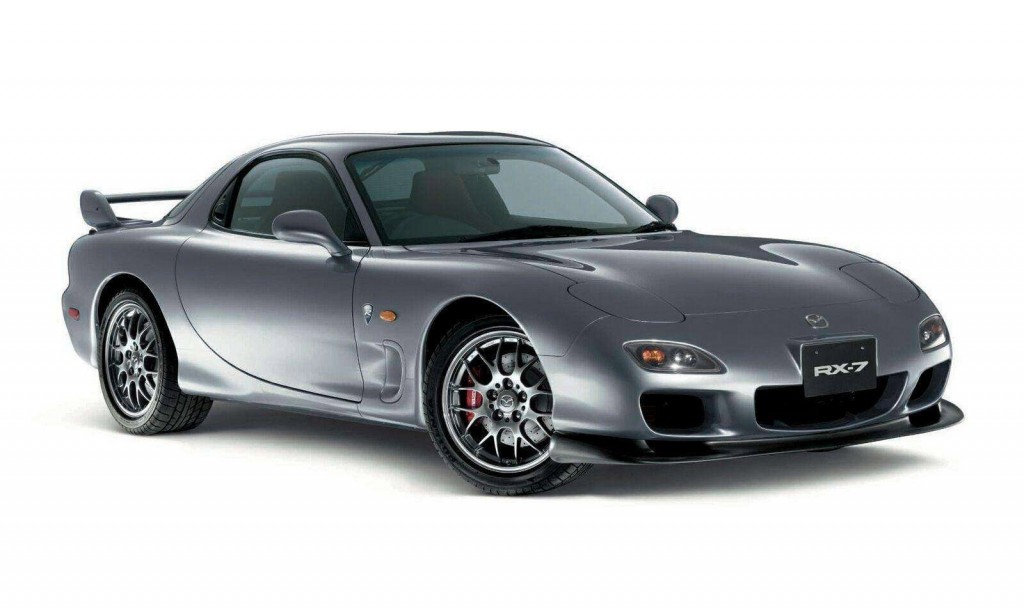If you've ever wondered what makes up the famed rotary engine from Mazda, now is the chance to dive in.
Engineering Explained showed off an incredible 3D-printed rotary engine scale model, and host Jason Fenske walks us through what makes the peculiar powertrain tick. Specifically, this is a 1.3-liter 13B rotary engine from a Mazda RX-7, at about the third of the size of the real thing. The Japanese automaker manufactured the engine from 1992 until 2002. It features twin turbochargers and it's seriously tiny. While the model is at one-third scale, the real-life engine only measures one cubic foot in volume itself. Still, it managed to produce between 255 and 280 horsepower.
The engine's comprised of a front plate, and then the first rotor housing. Think of the rotary as a giant piston inside a piston-cylinder engine. The rotor spins around inside the housing to produce power. Next is a center plate, a second rotor housing, a rear plate, and a flywheel all the way at the end.

1999 Mazda RX-7
The rotors rotate on an eccentric shaft, which ultimately sends power to the flywheel and then the transmission. The model is really nifty because it features a light to show off the combustion process as the rotor spins.
Just like in a more standard engine with cylinders and pistons, the rotor still provides the same four functions: intake, compression, power, and exhaust. Here, it's not reciprocal, but rotational. As it rotates clockwise, the rotor pulls in air, compresses it while spark plugs ignite the mixture, makes power for the flywheel, and pushes exhaust out before the cycle continues. Rinse and repeat, as some say.
What's really neat is the rotor has three chambers that are operational at all times and each of them performs the combustion cycle. And don't forget, there are two rotors, which means there are six combustion cycles occurring in the engine at a time.

Rotary engine
So, what makes the rotary engine such an advantageous powertrain? It has an incredible power-to-weight ratio, foremost. The engine can make up to 280 hp thanks to multiple power strokes per rotation. It's also a very simple design, and as we've learned in the past, engineers often look to simplify things. Plus, the engine provides rotational inertia, rather than reciprocating mass in a cylinder engine, which means higher engine speeds.
However, there are quite a few disadvantages to the rotary design. Thermal efficiency is very poor with a low compression ratio and long surface area to reject heat. Unburnt fuel leaving the exhaust is also common, which is not efficient. Perhaps the engine's most well-known disadvantage is the fact it burns oil by design. Oil squirters help seal the chamber, but in turn, the engine uses oil, which the exhaust must pass.
That makes it pretty unclean, and more than likely part of the reason why Mazda has no plans for a new rotary engine-powered sports car. We will see the rotary engine return as a range extender, however.